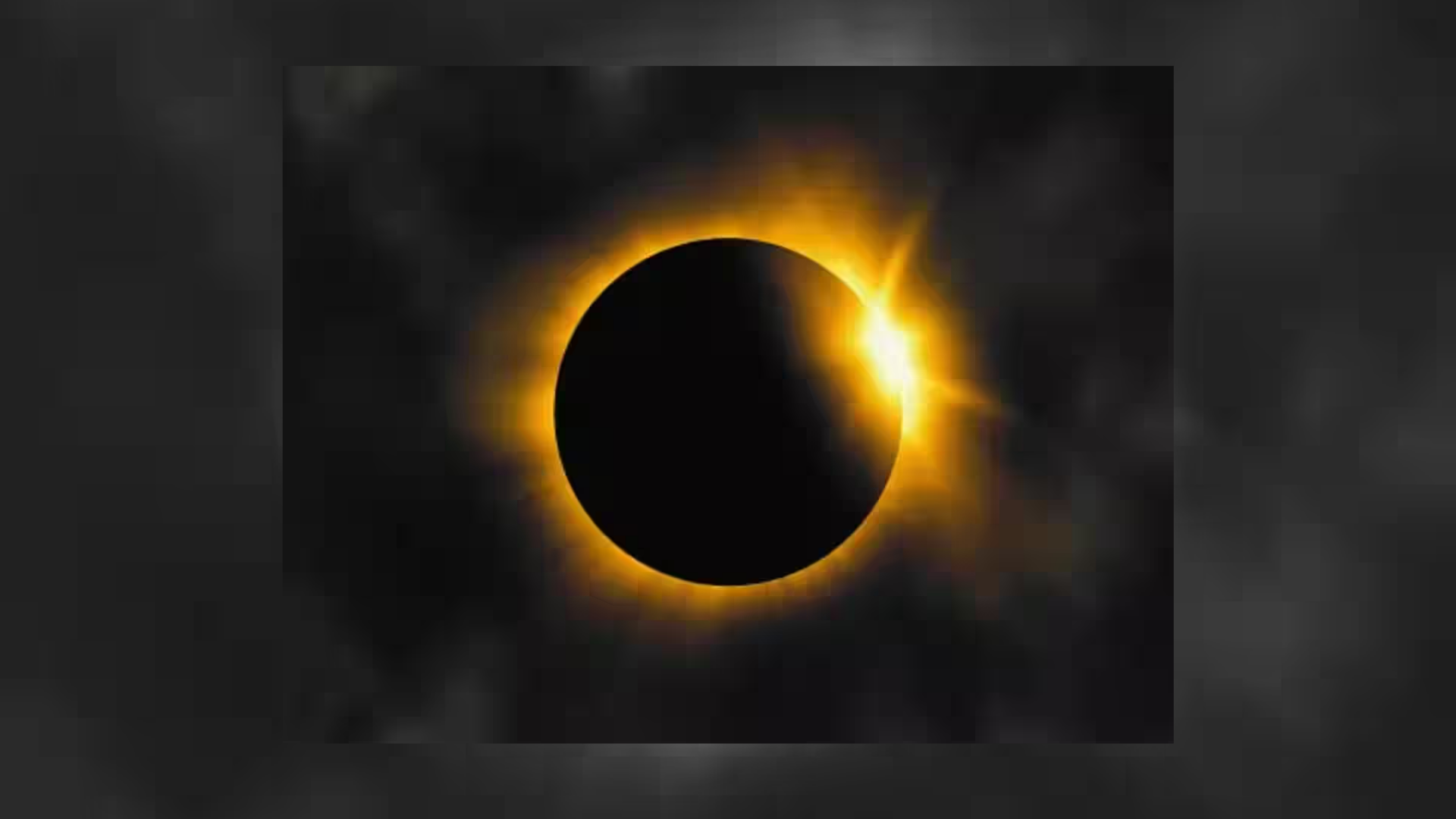Americans took a few moments to marvel at an extraordinary phenomenon as a total solar eclipse traced a path from Texas to Maine on Monday. The eclipse’s shadow, spanning 115 miles wide, was captured by NOAA’s GOES satellite, despite some viewers across the US having their sight obstructed by clouds during the event, including those in Rochester, New York.
Thanks to the timelapse footage from NOAA’s GOES East satellite, we were treated to a perspective unavailable from any other vantage point: the Moon eclipsing the Sun as the shadow swept across Northern America. Totality commenced in Mexico, where the eclipsed Sun initially appeared, before progressing towards Texas and then moving northeastward hour by hour until it departed from Atlantic Canada.
NOAA’s GOES-16 satellite is capturing the shadow of today’s total solar eclipse as it traverses the continental United States.
Truly a once in a lifetime event. pic.twitter.com/uTHXAvCSxr
— Nahel Belgherze (@WxNB_) April 8, 2024
Nation Captivated by Spectacular Total Solar Eclipse
In Omaha, Nebraska, viewers witnessed the dull crescent moon obscuring a significant portion of the sun, casting an eerie darkness across the middle of the country. At the peak of the partial solar eclipse, the shadow covered 17.7% in San Jose, a viewing area that shared the same zone as Honolulu, Hawaii.
The partial solar eclipse has officially passed its peak here in Omaha, NE. Check out this great view of the eclipse making its way across the country from @NOAASatellites #GOESEast. pic.twitter.com/I9hc0B9OFz
— NWS Omaha (@NWSOmaha) April 8, 2024
From the onset, excitement grew as Americans eagerly observed Dallas, Cleveland, and Indianapolis, which offered some of the most remarkable views among the seven locations, despite concerns about potential cloud cover. The GOES-East satellite meticulously monitored both the movement of clouds and the progression of the Moon’s shadow across these regions.
The fifth total solar eclipse anticipated to be visible from the continental US is scheduled for 2044. However, the viewing area will be restricted to specific locations in the US, including Montana, South Dakota, and North Dakota.
Mazatlán, Mexico, was among the first North American locations where viewers could witness the entire solar eclipse, followed by certain regions in Texas. However, low cloud cover in Texas prompted some ticket holders to reconsider their plans or seek out areas with more favorable weather conditions as per forecasts.
However, in areas where severe weather posed a threat, certain events had to be canceled. This included the Texas Eclipse Festival in Burnet, which was called off due to the adverse weather conditions.
ALSO READ
















